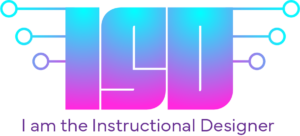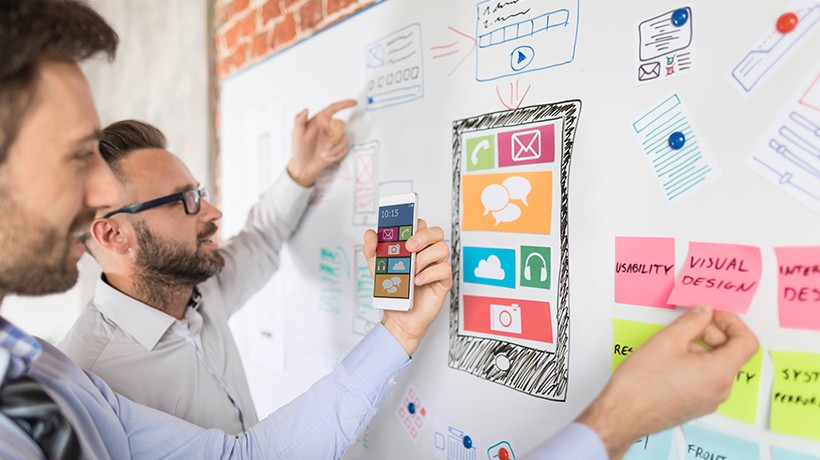Transforming Education In The Digital Age
Are you set to revolutionize your lessons? Mobile technology can give them a boost. Mobile-first learning could make classes more interactive and exciting. Bring classrooms to the modern age with this new way of teaching. Create a successful and advanced learning atmosphere.
The Benefits Of Mobile-First Learning: Anytime, Anywhere Education
Mobile-first learning is transforming education. With mobile learning apps, students can access educational content and resources on their smartphones or tablets anytime, anywhere! The advantages of this anytime-anywhere education are convenience, flexibility, personalization, and improved engagement.
- Convenience
Learners can access educational stuff whenever they want, without being tied to a specific location or time. - Flexibility
Students set their own pace and decide when and where to study. This helps them fit their learning schedule around their commitments. - Personalized learning
Mobile-first education offers personalized learning experiences through adaptive tech and tailored content. Students get feedback that fits their needs, boosting their understanding and knowledge retention. - Enhanced engagement
Mobile learning platforms motivate student engagement through multimedia elements such as videos, quizzes, simulations, and gamification. This interactive approach increases participation and enthusiasm.
Moreover, mobile learning technology made virtual classrooms and online collaboration tools possible, which benefits students in remote areas or those with limited access to traditional educational institutions.
Pro Tip
When adopting mobile-first eLearning strategies, consider adding microlearning techniques that offer bite-sized educational content for fast consumption on mobile devices. Make education as flexible as yoga and accessible as an all-you-can-eat buffet with mobile-first learning!
Empowering Modern Learners: How Mobile-First Learning Enhances Accessibility And Flexibility
Mobile-first learning is revolutionizing how modern learners access and engage with educational content. This innovative approach allows learners to pursue their educational goals anytime, anywhere. Mobile devices and technology offer a wealth of resources. Learners can participate in interactive, personalized experiences and progress at their own pace. This shift towards mobile learning empowers students and enables them to continue learning on the go.
eLearning technologies integrated into mobile devices allow individuals in remote areas or with physical disabilities to access quality education. The flexibility of mobile learning platforms also allows students to balance their educational pursuits with other commitments, leading to increased success rates.
Ultimately, mobile-first learning is reshaping the education landscape by providing learners with accessible and flexible learning opportunities. It enables individuals to engage in interactive and personalized learning experiences anytime, anywhere. This helps empower modern learners to thrive in an evolving digital world. Embrace mobile-first learning—it's the only way to survive in the digital age!
Adapting To The Future: How Mobile-First Learning Equips You For The Digital Age
Mobile learning is essential for adapting to the digital age. It equips us with the skills needed for the future. Technology is deeply rooted in our lives, so mobile-first learning strategies are crucial for providing accessible and interactive education. eLearning and online education can be accessed via mobile platforms, enhancing digital literacy skills and personalized learning experiences.
Smartphones and tablets are transforming the future of education—with mobile learning apps, learners can access educational content anytime, anywhere. This flexibility allows for self-paced learning. The 21st century needs lifelong learning, which mobile-first learning facilitates through continuous growth and development.
Mobile learning revolutionizes traditional classrooms by extending education beyond physical boundaries. Virtual classrooms and distance learning connect students to teachers worldwide, broadening their knowledge. Digital learning tools incorporated into mobile apps make learning engaging and effective.
Conclusion
Mobile-first learning makes learning accessible anytime, anywhere. Imagine learning a new language while traveling or mastering a skill on the daily commute. Mobile technology unlocks possibilities for on-the-go learning. It is the future of education, offering accessible, interactive, and personalized learning experiences. Incorporating mobile learning strategies and tools into traditional education settings is needed to prepare individuals for the digital age. Mobile learning empowers individuals to thrive in the ever-evolving digital era.










